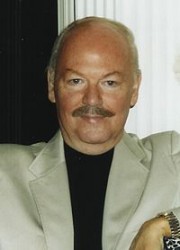Glendower: I can call spirits from the vasty deep.
Hotspur: Why, so can I, or so can any man;
But will they come when you do call for them?
Glendower: Why, I can teach you, cousin, to command the Devil
Hotspur: And I can teach thee, coz, to shame the Devil
By telling the truth. Tell truth and shame the Devil!
— Henry The Fourth, Part I Act 3, scene 1, 52–58
My favorite commentator on the NSA, James Bamford, author of The Shadow Factory, Body of Secrets, and The Puzzle Palace, has a recap of the Edward Snowden scandal in The New York Review of Books. I love this paragraph for its pointed detail and historical relevance.
Looking back, the NSA and its predecessors have been gaining secret, illegal access to the communications of Americans for nearly a century. On July 1, 1920, a slim balding man in his early thirties moved into a four-story townhouse at 141 East 37th Street in Manhattan. This was the birth of the Black Chamber, the NSA’s earliest predecessor, and it would be hidden in the nondescript brownstone. But its chief, Herbert O. Yardley, had a problem. To gather intelligence for Woodrow Wilson’s government, he needed access to the telegrams entering, leaving, and passing through the country, but because of an early version of the Radio Communications Act, such access was illegal. With the shake of a hand, however, Yardley convinced Newcomb Carlton, the president of Western Union, to grant the Black Chamber secret access on a daily basis to the private messages passing over his wires—the Internet of the day.





